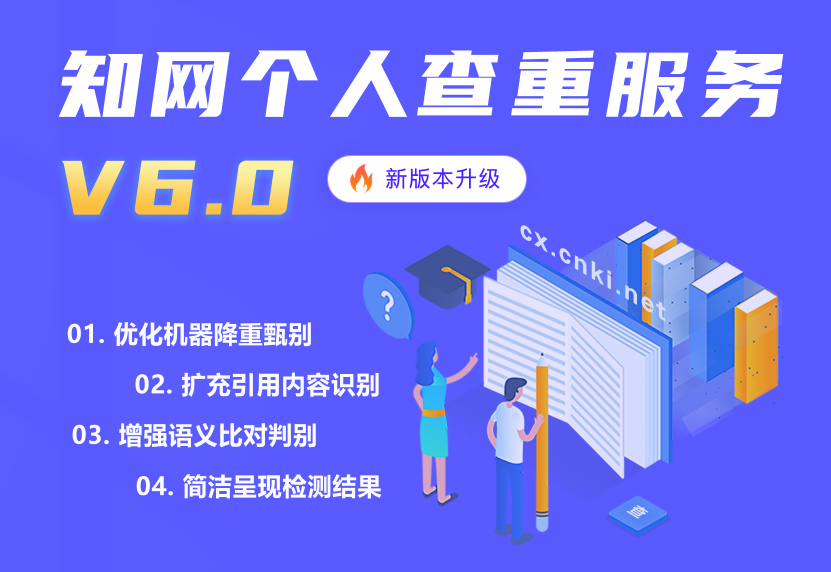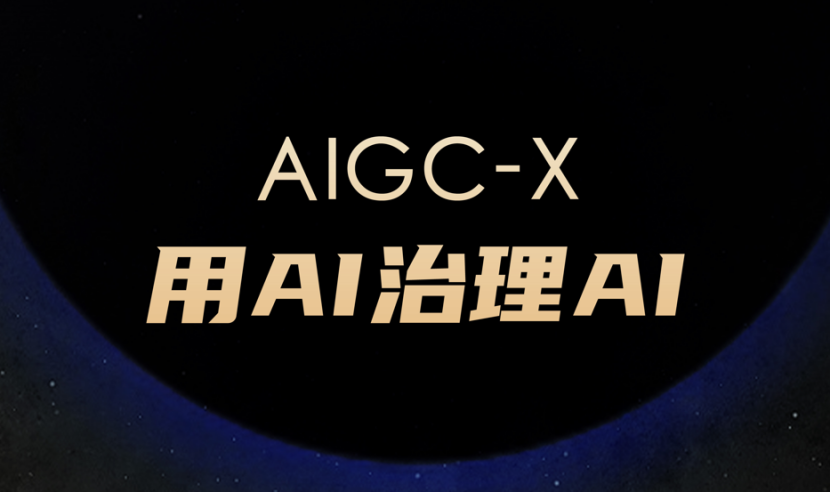



Academic Fraud Detection:
AI Paper Plagiarism Detection Tools Comparison

Let Academic Misconduct Have Nowhere to Hide





Originality is the cornerstone of academic research, and plagiarism detection tools are the shield that protects academic integrity. Most international journals or conferences such as SCI, IEEE, Nature, Springer, Wiley Blackwell conduct paper checks, and domestic journals and core journals also require plagiarism checks. At the same time, with breakthroughs in AIGC (Artificial Intelligence Generated Content) technology, the abuse of AIGC in tasks such as misinformation, academic fraud, and phishing severely hinders the application of new technologies in fields such as media and education. Therefore, checking for plagiarism before submitting papers and detecting AIGC can help avoid plagiarized statements, effectively preventing academic misconduct! Today, we will review those “artifacts” that leave academic misconduct nowhere to hide!

[International Section]

Turnitin \ iThenticate \ CrossCheck

Turnitin is a well-known international plagiarism detection software widely used in academia and education. Turnitin has a vast database that includes many academic journals, conference papers, books, and internet resources. It is widely recognized in the academic community, especially for detecting English papers, and is the first choice for many foreign universities and research institutions. It can currently detect simplified and traditional Chinese, English, Russian, Korean, Japanese, French, and other languages; it can be used to check theses, classroom assignments, SCI, EI submissions, etc.
If using Turnitin domestically, it is best that the educational institution or publishing organization you belong to has subscribed to the service and recognizes its plagiarism detection results.

iThenticate is a sister product of Turnitin, specifically designed for academic publishers and researchers. iThenticate’s database is also very large and is suitable for checking journal papers, doctoral theses, and other academic works.

CrossCheck is operated by CrossRef and also uses iThenticate’s technology to provide plagiarism detection services for publishers. Many journals indexed by SCI use CrossCheck to check submitted papers.

Differences Between iThenticate / CrossCheck and Turnitin
iThenticate is an open platform for journals and individuals, but it is relatively expensive.
CrossCheck is a database created by a consortium to provide technical services.
Turnitin is a database that can only be used by contracted schools or enterprises and does not support individual customers.
Whether it is iThenticate, CrossCheck, or Turnitin, they are all derivative products, and the rules for plagiarism detection are basically the same, but the comparison resources may differ.


[Domestic Section]

1. China National Knowledge Infrastructure (CNKI)

CNKI‘s plagiarism detection system not only has a vast database but also has strong detection capabilities for Chinese literature, making it an essential tool for many domestic universities and journals. It includes a massive comparison resource of journals, conference papers, theses, books, newspapers, etc., and is continuously updated. The system supports checking various types of documents, including graduation design (undergraduate and diploma), theses (graduate), course assignments (undergraduate and graduate), title evaluation, academic publishing, academic research, basic education, government documents, party materials, press releases, summary reports, etc. The detection report provides various types of report formats, including full reports, comparison reports, and concise reports.
In addition, CNKI has also launched AIGC detection services:

The AIGC detection service of CNKI uses natural language processing (NLP) technology, including deep learning and artificial intelligence, to detect whether a paper is written by AI. The algorithm model has been trained on a large amount of text data, giving it efficient detection capabilities. Currently, it supports detection of multiple format types: including journal papers, theses, conference papers, as well as books, research results, and course assignments. The report includes a detailed visual detection report, highlighting and marking AIGC values to easily identify AIGC issues.

2. People’s Daily AIGC-X
People’s Daily AIGC-X is an AI-generated content detection tool jointly launched by People’s Daily, the National Key Laboratory of Content Cognition, the University of Science and Technology of China, and the Hefei Comprehensive National Science Center Artificial Intelligence Research Institute. AIGC-X is an important achievement in laboratory research on AI self-governance mechanisms and is a preliminary attempt to explore how to address AIGC security issues from a technical perspective. Combining content recognition, content tracing, and other technologies, AIGC-X can effectively promote the development of AI risk management, security review, and assessment technologies, providing technical solutions and support for establishing a safe and trustworthy AIGC ecosystem.

Technical Principles of People’s Daily AIGC-X:
The AI generation model is obtained through autoregressive modeling based on a massive corpus, and the model generates the entire content step by step by calculating the probability distribution of the next word/pixel. AIGC-X attempts to adopt an algorithm fusion and knowledge-driven AI framework. It uses deep language modeling to capture implicit features such as perplexity and emergence frequency, learning the distribution differences between machine-generated text and human-generated text. Additionally, it uses deep visual modeling to capture typical generative model fingerprints and small area traces, learning the characteristic differences between machine-generated images and text-generated images.



In addition to the aforementioned Turnitin, iThenticate & CrossCheck, CNKI plagiarism detection, and AIGC-X, there are some other noteworthy plagiarism detection tools:
Domestic
1. Wanfang Data: Similar to CNKI, it has a large Chinese database and powerful plagiarism detection capabilities.
2. VIP Journal: Provides literature retrieval and plagiarism detection services, with a wide coverage of databases.
3. PaperPass: Focuses on Chinese paper plagiarism detection, offering various versions and functions at relatively affordable prices.
Foreign
1. Grammarly: A grammar checking tool that also has basic plagiarism detection capabilities to help check for plagiarism issues in papers.
2. Copyscape: Focuses on checking internet content for plagiarism, suitable for checking online plagiarism issues in papers.
Others
Internal University Plagiarism Detection Systems: Some universities have their own plagiarism detection systems for faculty and students to use.
Third-Party Plagiarism Detection Platforms: Some third-party platforms provide comparisons and selections of various plagiarism detection tools, making it convenient for users to choose based on their needs.
When choosing a plagiarism detection tool, consider the following factors:
Database Coverage: Choose tools with a wide database coverage to comprehensively detect the plagiarism rate of the paper.
Language Support: Choose plagiarism detection tools that support the language versions of the paper.
Privacy and Data Security: Choose reputable plagiarism detection tools that prioritize user privacy and data security.
When using plagiarism detection tools, pay attention to:
Privacy and Data Security: Some international plagiarism detection tools may involve cross-border data transmission, so caution is needed when choosing.
Plagiarism Detection Rules: Different tools have different plagiarism detection rules and databases, so it is essential to choose the appropriate tool based on specific circumstances.
Correctly using plagiarism detection tools can make your
academic journey smoother!


Content Source | Turnitin, CNKI, People’s Daily, etc.
Source | Subject Services Department


Share

Like

View